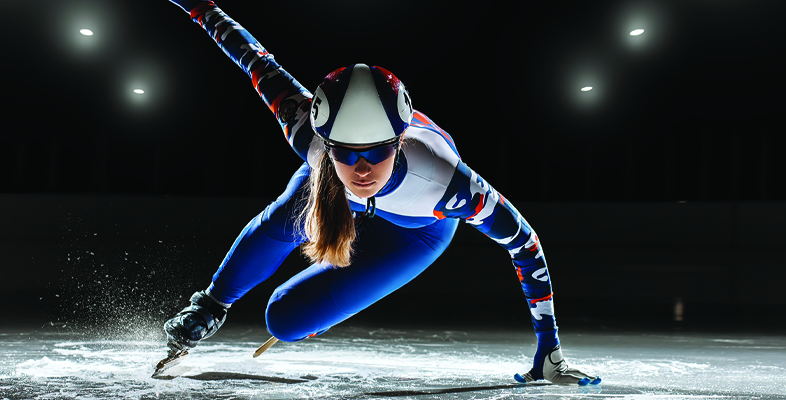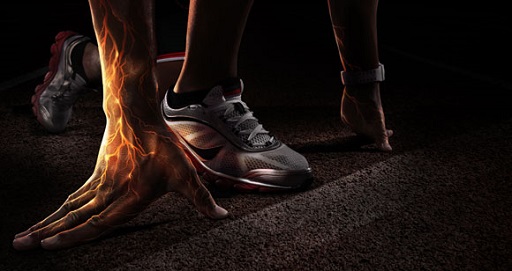2.2 The physiology of speed
An athlete’s neuromuscular system is vital to sprint performance because it can influence the rate and strength of muscle contraction. Having a greater understanding of the neuromuscular system is important to identify its contribution to speed and its opportunity for development. An overview of the neuromuscular contributions to speed are shown in Table 1.
| System/Section | Key learning points and application to a sprinter |
|---|---|
| Muscular system | The composition of muscle fibre types (i.e. amount of Type 1, IIa and IIx fibres) can dictate speed performance (Jeffreys, 2013). Those with a relatively higher proportion of fast-twitch fibres (Type IIa and Type IIx) have a greater capacity to produce force and develop speed. While there is a major genetic component underlying whatever proportion of fast- and slow-twitch muscle fibres particular individuals may have, training may also have an effect. For example, endurance training may lead to Type IIa fibres taking on the aerobic characteristics of Type I fibres, reducing the force capacity of the muscle and the ability to generate speed (Jeffreys, 2013). |
| Nervous system | Sprint training will lead to several adaptations in her neuromuscular system, such as an enhanced neural drive (rate and amplitude of impulses being sent from the nervous system to her muscles). Increases in neural drive may contribute to increasing a sprinter’s rate of force development and impulse generation, which as you saw in Activity 2 will improve sprinting performance. |
This again links back to the principle of specificity: for a training programme to develop speed it needs to include exercises and/or activities that are performed at speed. To develop the neuromuscular system’s contribution to power, heavy weight training and plyometric exercise can be used to develop the capacity of fast twitch muscle fibres and enhance neural drive.
Now that you’ve considered how the physiology of speed may influence training methods used to develop speed, you can move on to look at the application of speed training methods by the strength and conditioning coach.

